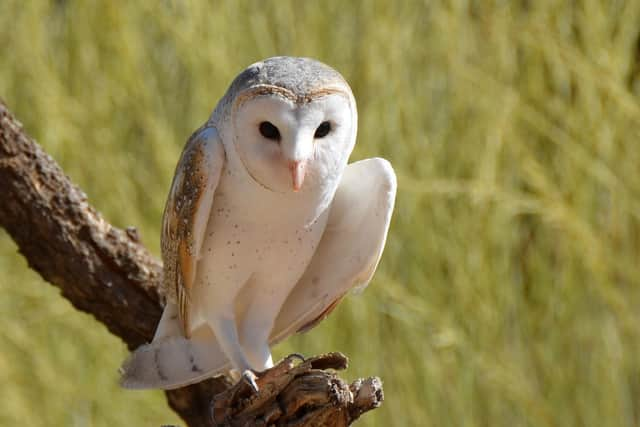Vital role to play in the future of our wildlife


Since 2014, more than 11,000 counts have been carried out by people working on the land across the UK.
The Game & Wildlife Conservation Trust (GWCT) is asking land managers to make the count’s tenth anniversary in 2023 the best ever by signing up to take part.
Advertisement
Hide AdAdvertisement
Hide AdBy spending just half an hour between February 3 and 19 in one spot on their land, counting the birds they see and then submitting their results to the GWCT, they will help the Trust to build a national picture of which species are benefiting from conservation efforts and which are most in need of help.


“It’s an opportunity for farmers to see and review what they are doing – and indeed can do – to aid biodiversity recovery,” said Ross Macleod, Head of Policy Scotland, the Game & Wildlife Conservation Trust ahead of the GWCT Big Farmland Bird Count 2023.
“Looking after a small family farm myself, it’s really helpful to see how things are going from year to year. 72% of the UK’s total land area is used for agriculture, so farmers, land and woodland managers, and gamekeepers have a vital role to play in the future of wildlife.”
He added: “There are multiple pressures on farmers, yet many of them do so much to support wildlife, often unnoticed by the public.
"The GWCT Big Farmland Bird Count is an opportunity for them to see just what impact their efforts are having and for us to celebrate that hard work.”


The latest assessment of the status of the UK’s birds, the Birds of Conservation Concern 5 list (2021), suggests that our farmland birds need all the help they can get with more than one in four UK bird species in serious trouble
Land managers can make a real and immediate difference by adopting effective conservation measures, such as providing supplementary winter feed or growing crops specifically to provide seed for birds. GWCT-science-based advice on boosting biodiversity and supporting farmland birds is available at bfbc.org.uk
Find out how to get involved in the GWCT Big Farmland Bird Count at www.bfbc.org.uk where downloadable bird guides are also available.